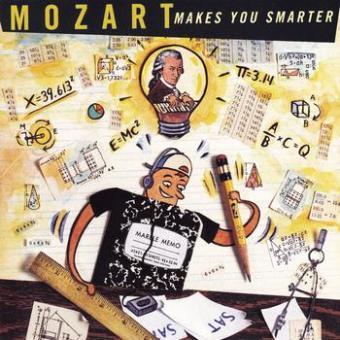In the previous post I mentioned the Loma Mar Quartet in passing, and they deserve further mention. For it strikes me that as a part-time ensemble they have a rather fascinating resume. I mean, what other string quartet on Earth can claim a repertoire that includes Haydn, McCartney, (“Working Classical“), Chilean-born jazz chanteuse Claudia Acuna, and 18th-centuryt doublebass virtuoso Domenico Dragonetti? Here’s the group’s official bio:
Loma Mar was formed in 1997 after being invited to perform Haydn String quartets at Bard College in New York State. Equally at home in many musical genres, they have established a reputation for the broad stylistic range of their programs, from medieval to contemporary. They worked with Paul McCartney in a recording for EMI, entitled Working Classical, that includes nine of his songs arranged for string quartet and two original compositions by Sir Paul written for the Loma Mar Quartet: Haymakers and Midwife. Shortly after the release of Working Classical, then at the top of the classical charts, the Loma Mar Quartet appeared with the London Symphony Orchestra in a live concert from Liverpool which has been broadcast worldwide. Continuing their eclectic career, in 2002 the Loma Mar Quartet recorded The Rhythm of Life with jazz singer Claudia Acuna, bassist Dave Holland and pianist/arranger Billy Childs. In 2008, the quartet with bassist John Feeney began the DNA project, or Dragonetti’s New Academy, and have since released two award-winning CDs of world premiere recordings of the chamber music of Domenico Dragonetti. Volume ll includes a recently discovered Joseph Haydn divertimento for two violins, cello and bass. Most recently, they were invited to perform Yesterday (solo quartet with singer and guitar) with composer/singer and guitarist Paul McCartney at the Library of Congress, the evening before President Obama presented Sir Paul with the Gershwin award. They are all either members and/or principal players of the Orchestra of St. Luke’s as well as internationally recognized soloists and chamber musicians.
Indeed, the group came to Macca’s attention during the Standing Stone rehearsals I mentioned in the last post. But they were quite well known in classical circles, and they were familiar names on many a Performance Today broadcast. Check out the bios for violinist Krista Bennion Feeney, (concertmaster of the Orchestra of St. Luke’s and a regular violinist with the famously non-female-friendly Vienna Philharmonic), violist Johanna Hood (also a member of the Lafayette Quartet), as well as violinist Anca Nicolau and cellist Myron Lutzke of Smithsonian Chamber Players fame.
The video at the top shows the quartet backing McCartney in the original George Martin arrangement of what is arguably the most covered song in history – and doing it on Strads, to boot. And below, you check out a little bit of their work on the “DNA Project.” Long live Loma Mar!
